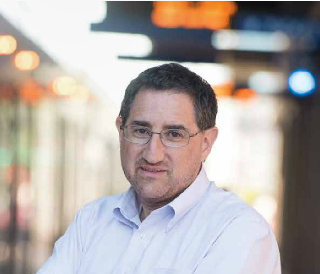
Under the direction of Professor of Transport David Levinson, the Design Section of TransportLab at the University of Sydney investigates the configuration of transport systems. More than half the world’s population lives in cities now, and it is rising. Some of these billions will go to newly developed greenfields, which provide a huge opportunity for configuring transport networks for 21st century technologies like vehicle automation, electrification, sharing, and so on. Others will move to existing places that become more intensely developed. Former industrial sites, or brownfields, will be reconstructed as new precincts. The networks that were designed for smaller populations need to be retrofitted and reconfigured for the new growth. The within-cities problem complements the connectivity between cities, which will also provide interesting challenges.
Some questions whose answers depends on the transport technology and land use pattern include:

- How dense should the network be?
- What is the appropriate spacing of interchanges and intersections, stops and stations?
- What angle of roads is most efficient (90 degree, 60 degree, 45 degree)?
- How should transit routing mix radial and grid-like structures?
- What types of junction are best (T-intersections, 4-way intersections, roundabouts)?
- How wide should roads be, how many lanes on a single facility, should there be lanes?
- What modes need to be incorporated in network design?
- Should modes be separated or share space?
- Should the road network be regular, symmetric, or curvilinear?
- When should intersections be grade separated?
- What is the most appropriate hierarchy of roads?
- How is the ‘last mile’ problem best dealt with in transit?
- How should roads and services be priced?
- How does the network design shape land use?
- How does land use shape the network design?
- How should networks serving new technologies be retrofit into areas designed with old technologies in mind? How can the new match with the old?
- How can networks adapt to changing technologies, changing populations, and changing travel demands?
- What methods should be used to test alternative network configurations?
- What methods should be used to develop ‘optimal’ network configurations?
- What heuristic rules can be developed as the product of simulation models?
- What problems lend themselves to analytical methods, what problems require numerical approaches?
- What have we learned from approaches to the Network Design Problem previously?
- Can Machine Learning and Genetic Algorithm approaches be useful, or are they too ad hoc?
- What have we learned from historical and simulation models of Network Growth and Network Evolution? (See below)
- How far from ‘optimality’ are emergent solutions from actual network growth rules.
- How can we get better historical data to test models?
- What procedural rules can generate nearer to ‘optimal’ outcomes?
- What policy implications does this imply?
- What defines optimality?
- How are different values, costs, and benefits traded-off? (Economics (value of travel time savings vs. cost of construction, value of reliability), Safety, Environment, Equity, Social, Adaptability to future needs, and so on …)
Many of these questions were never adequately addressed in earlier designs with soon-to-be-obsolete technologies.
One illustration of the growth of network growth is shown below. Others can be found at the Network Evolution channel on YouTube

